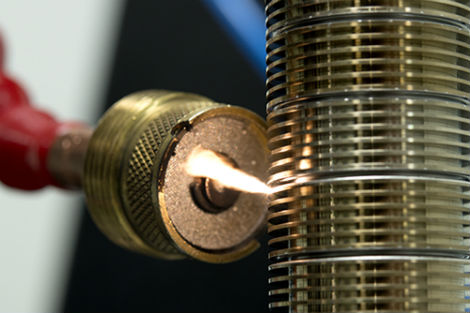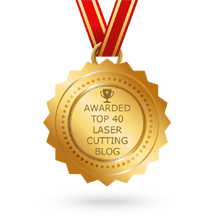
One of the most important factors in a successful laser or electron beam (EB) welding project is choosing the right materials up front. The right material can make the difference between a project that runs smoothly and gets delivered on time, and a project that takes longer, costs more, and causes a lot of aggravation. While we could probably write a book on this topic, here are a few do’s and don’ts to get started.
DO check with us first to make sure the material you’re choosing can be easily welded. This may seem obvious, but some customers ignore this at their peril. As an example, many years ago I worked on a project involving parts going on the space station. The customer was so adamant about using a particular material that he ordered $80,000 worth of it… and then realized after purchasing and final machining that the material couldn’t be welded. We eventually figured out how to make it work, but it took 10 times the effort and 10 times the cost. The bottom line – make sure the designer and the welding engineer collaborate before making your final material choices.
DO pick good weldable alloys:
-
Stainless steel is one of the most popular materials for laser and electron beam (EB) welding. But avoid stainless steels containing sulphur and phosphor. Their low melting points make them key culprits for cracking and porosity problems. Customers like 303 stainless because of its ease of machining, but the outcome with welding is not always ideal. Talk to your welding engineer BEFORE deciding on 303.
Stainless steels ending in F for free machining, such as 316 F and 430 F, should definitely be avoided. Again, the sulphur and phosphor that are added to make them free machining are terrible for welding. (We like to say the “F” stands for failure!)
-
Low carbon stainless steels such as 304 L are also a good choice for laser welding and EB welding.
-
Aluminum alloys can also be laser and EB welded. Cleanliness is very important with aluminum, since oxidation can lead to weld failure. If you need a high strength alloy, certain aluminums are precipitation hardenable, which means they can be brought up to full strength after welding with heat treating. Some aluminums will require filler material.
-
Titanium is a popular material for many aerospace applications. Like aluminum, cleanliness is key for welding titanium. Titanium ranges from commercially pure grades to a number of titanium alloys containing things like tin with a low melting point. These titanium alloys are not unweldable, but you may need to incorporate certain joint designs in order to make them weldable. Again… check with your welding engineer first.
DO preheat high carbon materials. The more carbon in steel, the harder it becomes to weld and the more prone it is to cracking. And I don’t mean little cracks – I mean big cracks with complete weld failure. To minimize the possibility of cracking, high carbon steels should be preheated prior to welding.
DON’T weld in the hardened condition (usually). The success rate of welding hardened material is generally lower when compared with annealed material. If possible, do your welding in the annealed condition and harden after welding.
Many factors go into choosing a material including cost, strength, design criteria, post-weld testing, etc. But to repeat – make sure the material you’re considering is actually weldable BEFORE you make your final choice.
Talk to an expert to discuss your options and make sure your next welding project is a success. Or feel free to leave a question in the space below and we'll get back to you with an answer.










